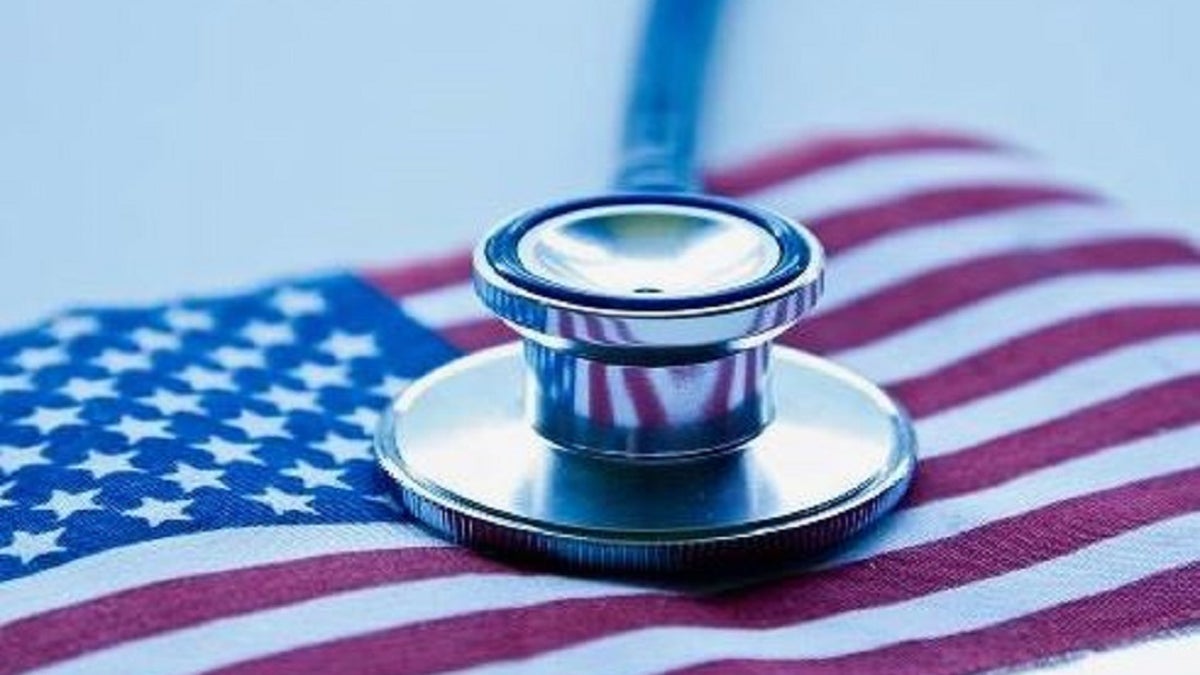
(Facebook)
ObamaCare means different things to different people.
To insurance companies, it means a barely profitable albatross. The law mandates that they cover patients with pre-existing conditions who wait until they are sick to sign up, and provide blanket coverage for 10 essential benefits.
Small insurers can’t make ObamaCare profitable and most don’t even try, whereas large insurers try but usually give up. Consequently, according to the Heritage Foundation, choice and competition in the state exchanges continue to shrink.
To patients, ObamaCare means an empty promise, because health insurance without proper access doesn’t equal actual health care. Patients with ObamaCare policies are faced with shrinking networks of doctors and hospitals, thousands of dollars in yearly deductibles that obstruct basic care, and rising premiums.
No wonder that even with 80 percent of ObamaCare patients receiving federal subsidies at the exchanges, millions have chosen to forgo insurance and pay the tax penalty instead. Fortunately, the individual mandate tax penalty will finally be eliminated next year.
For the government, ObamaCare means a huge outpouring of tax dollars just to cover a small portion (roughly 12 million people in 2017) of the insurance market. According to the nonpartisan Congressional Budget Office, ObamaCare cost the federal government $110 billion in 2016 alone. That doesn’t include the cost of the 15 million new enrollees in Medicaid, for which ObamaCare expanded eligibility.
To a physician like me, ObamaCare means an ongoing nightmare of hurdles to overcome as patients with high expectations encounter my limited ability to deliver.
Not only do ObamaCare policies pay me less than most other insurances, but when one of my patients refuses an essential procedure – like a thyroid ultrasound for a nodule I feel on examination, for example – it puts me in a position of liability and forces me to deliver inadequate care. What if the nodule is cancer and I don’t discover it in time because the patient can’t afford the necessary tests because her deductible hasn’t yet been met?
I also struggle when I try to refer an ObamaCare patient to a top specialist or facility, only to discover that it doesn’t accept his or her insurance.
Finally, so-called comprehensive health insurance is bad for a person’s health because it is by definition illness-centric rather than health-centric. It doesn’t incentivize things like weight-losing exercise or diet or meditation. Rather, ObamaCare and insurance companies like it provide a security blanket over your potential-illness needs, with no real incentive not to get sick (and use the policy) in the first place.
ObamaCare is changing but surviving. Premiums for 2019 are flattening out, which is a sign that ObamaCare is stable at least for now. I applaud the Trump administration’s efforts to add more insurance options outside of the standard ObamaCare plans.
So, what should be done?
Repeal and replace has failed, and it is now most certainly off the table with the House of Representatives under Democratic control. ObamaCare is here to stay.
But the status quo is also off the table. ObamaCare is morphing in a more positive direction under the Trump administration, which has stopped wasting money on advertisements and so-called navigators to help enrollees through the insurance maze.
The individual mandate tax penalty will be gone at the end of this year, which means that no one will be penalized for not buying a bloated, difficult-to-use insurance policy that he or she doesn’t need. This is a good thing. It has never made sense to me as a physician for a patient to be mandated to buy a product that doesn’t guarantee health care.
Furthermore, greater price transparency, and the addition of cheaper “skinny” plans and association plans, as the president has now allowed for, will provide more options as smaller, more creative insurers get to re-enter the game. Ironically, cheaper, more user-friendly options could ultimately bring the country closer to universal coverage than ObamaCare did.
I believe in what I like to call universal Chevy coverage, meaning that everyone should have at least basic health insurance to cover a catastrophe or unexpected serious illness.
The standard ObamaCare policies should continue to cover pre-existing conditions, and these policies will continue to have to be subsidized, since the sickest 5 percent of Americans utilize 50 percent of the health care and frequently can’t afford it.
Medicaid needs to be revamped and made more efficient, and I am in favor of work requirements for able-bodied Medicaid patients, though according to the Kaiser Family Foundation, most are already working.
As of June, four states have waivers approved for work requirements, and another seven states are pending. This is a good thing, and for some, community service or training programs or new work options could be a path out of poverty. Too many of my patients tell me that they can’t afford to take a certain job because they will lose their Medicaid. This needs to change.
With the individual mandate effectively gone, many expect the over-priced, under-performing, one-size-fits-all ObamaCare to collapse under its own weight. They predict that healthier people will no longer be compelled to pay more and get less while their premiums are diverted to cover the sickest. Even fewer will sign up for these dysfunctional policies than before, and without those premiums, so the critics say, the system will go bankrupt.
Still, I don’t agree with the conclusion that ObamaCare will fail altogether.
So far, ObamaCare is changing but surviving. Premiums for 2019 are flattening out, which is a sign that ObamaCare is stable at least for now. I applaud the Trump administration’s efforts to add more insurance options outside of the standard ObamaCare plans. This will ultimately add more insurees to the pool.
Competition, price transparency and choice should all help bring prices down going forward.
A leaner ObamaCare combined with these other improvements to the larger health care system is better for America’s health.
